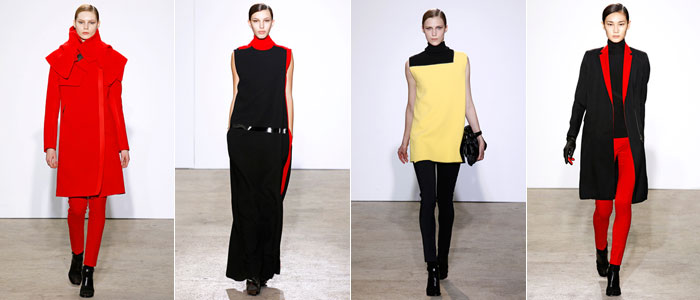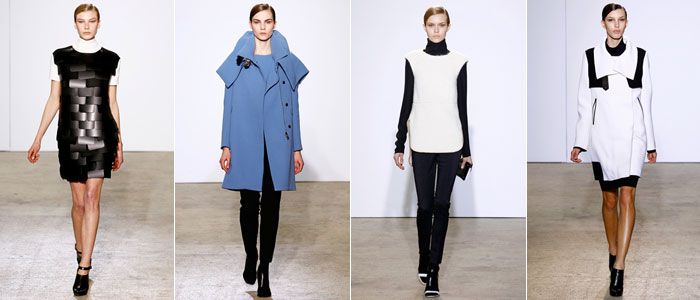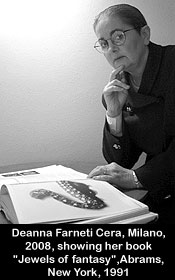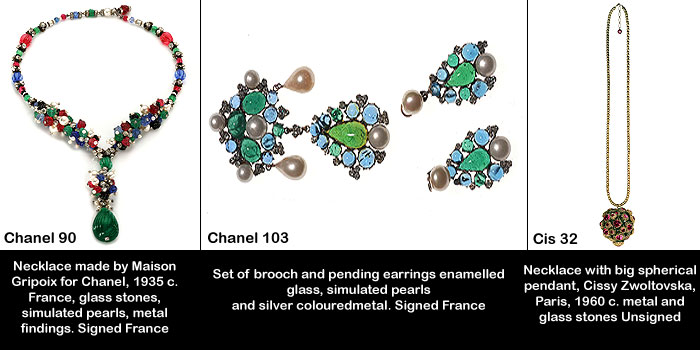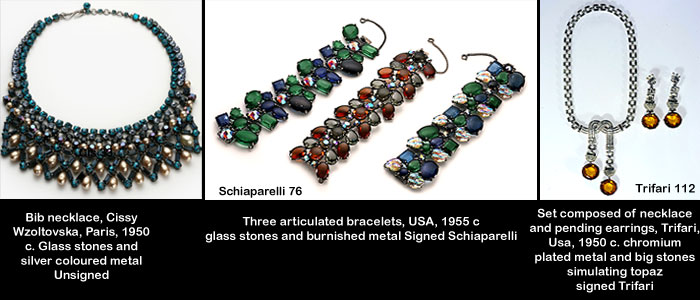
 Anish Kapoor is a British sculptor of Indian origin. Born in Mumbai, he has lived and worked in London since the early 1970s when he moved to study art, first at the Hornsey College of Art and later at the Chelsea School of Art and Design.
Anish Kapoor is a British sculptor of Indian origin. Born in Mumbai, he has lived and worked in London since the early 1970s when he moved to study art, first at the Hornsey College of Art and later at the Chelsea School of Art and Design.
He started his international career during the early 80’s and immediately got noticed because of its offbeat characters from that period. The optical illusion is a major emphasize of his works. The game between inside outside and being empty and dark is also a ‘non space’. We exist in relation to space and time; therefore Anish plays a game between space and darkness. Accordingly what follows are the large-scale installations inside which one can walk in semidarkness. The passage from light to dark represents a return to the maternal womb, to the place of origin.
This show in the Fabbrica del Vapore consists of the monumental site-specific installation Dirty Corner, created specially for this occasion. Kapoor has always acted within a metaphysical conception which can be seen in the way the sculptures become an integral part of the space and generate silence around them. The site-specific installation Dirty Corner is fully occupies the “cathedral” of the Fabbrica del Vapore. This installation – realized with the backing of the Galleria Continua, the Lisson Gallery, and the Galleria Massimo Minini – consists of a huge steel volume 60 metres long and 8 metres high which the visitors can enter. The entrance is goblet-shaped; the interior and exterior surface is circular and has only a minimum contact with the ground. The work will be progressively covered with some 160 cubic metres of soil.

Kapoor’s work is collected worldwide, notably by the Museum of Modern Art in New York; the Tate Modern in London; Fondazione Prada in Milan; the Art Gallery of New South Wales, Sydney; the Guggenheim in Bilbao; the De Pont Foundation in the Netherlands; the Moderna Museet, Stockholm; the 21st Century Museum of Contemporary Art in Kanazawa, Japan; and the Israel Museum in Jerusalem. Kapoor has also received several important awards like Premio Duemila at Venice Biennale, Turner Prize and also has been awarded Honorary Fellowships by the London Institute and Leeds University , University of Wolverhampton and the Royal Institute of British Architects.

Once again, Kapoor’s poetics embodies the unity of opposites: empty/full, dark/light, male/female, positive/negative, material/ephemeral. Becoming one with the red earth that covers the long cylindrical sculpture in Milan metaphorically emphasizes a unitary
conception of the world.

Posted by : Amal Kiran Jana from Milan at 03:55PM


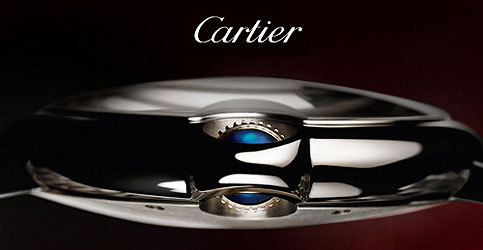 “Time is God’s way of keeping everything from happening at once”
“Time is God’s way of keeping everything from happening at once”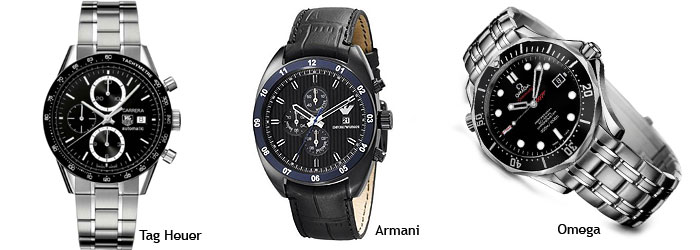
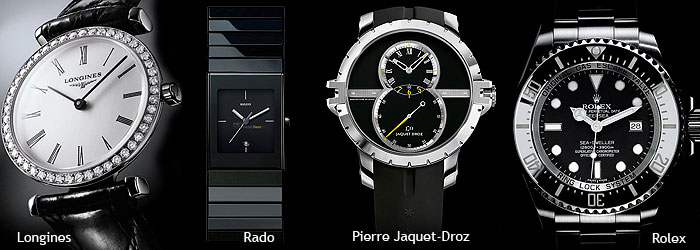

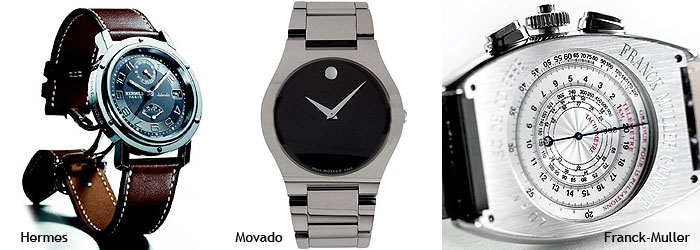


 Luigi Colani, creator of the Bio Design, exhibits for the first time in Italy at Triennale Bovisa di Milano. Beyond 1,000 of his works, project, installations and prototypes that he designed in over 60-year and that changed the way to understand a ‘form’.
Luigi Colani, creator of the Bio Design, exhibits for the first time in Italy at Triennale Bovisa di Milano. Beyond 1,000 of his works, project, installations and prototypes that he designed in over 60-year and that changed the way to understand a ‘form’.



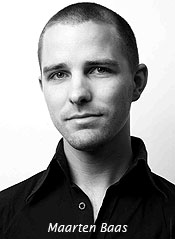 In October at Les Arts Decoratifs commence exhibition of Maarten Baas, born in Arnsberg in Germany in 1978, Maarten Baas graduated from the prestigious Design Academy in Eindhoven in 2002. He is famous for his iconoclast and fanciful creations, ranging from the Smoke series of burnt furniture and the Clay Furniture collection, whose apparently unstable pieces seem to defy the rules of functional design, to the Sculpt series of mirror-distorted wardrobes, tables and chests of drawers and Real Time, a twelve-hour film of actors indicating the time. In his controversial experimental work, Maarten Baas merrily challenges design’s limits to reveal a strange, playful reality of optical effects and illusion.
In October at Les Arts Decoratifs commence exhibition of Maarten Baas, born in Arnsberg in Germany in 1978, Maarten Baas graduated from the prestigious Design Academy in Eindhoven in 2002. He is famous for his iconoclast and fanciful creations, ranging from the Smoke series of burnt furniture and the Clay Furniture collection, whose apparently unstable pieces seem to defy the rules of functional design, to the Sculpt series of mirror-distorted wardrobes, tables and chests of drawers and Real Time, a twelve-hour film of actors indicating the time. In his controversial experimental work, Maarten Baas merrily challenges design’s limits to reveal a strange, playful reality of optical effects and illusion.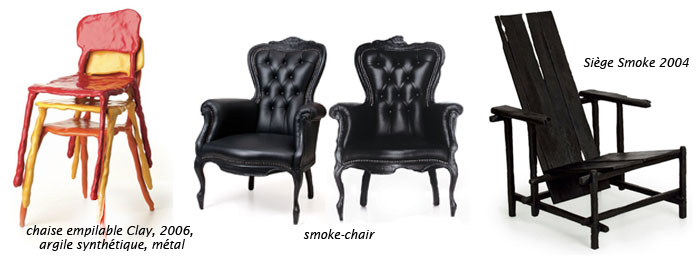
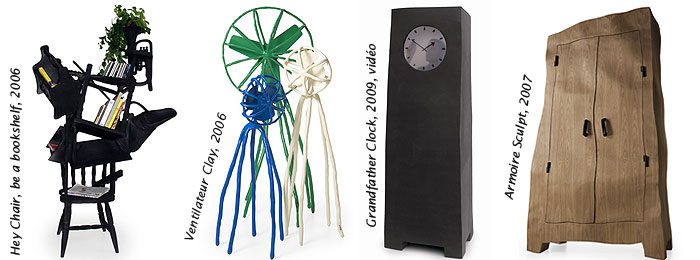






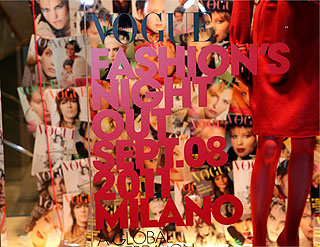 VFNO comes with the next edition this year and will involve 17 countries world wide and from September 6th to 15th will open up the doors of stores and boutiques all over the world for a special night dedicated to shopping. In Milan the party begins of 8th September and then 15th on Rome. And this will be for the third time in Milan and for the first time in Rome.
VFNO comes with the next edition this year and will involve 17 countries world wide and from September 6th to 15th will open up the doors of stores and boutiques all over the world for a special night dedicated to shopping. In Milan the party begins of 8th September and then 15th on Rome. And this will be for the third time in Milan and for the first time in Rome. 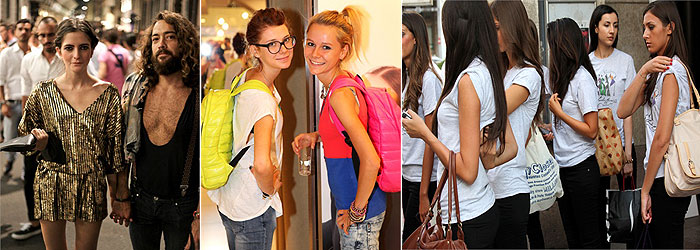
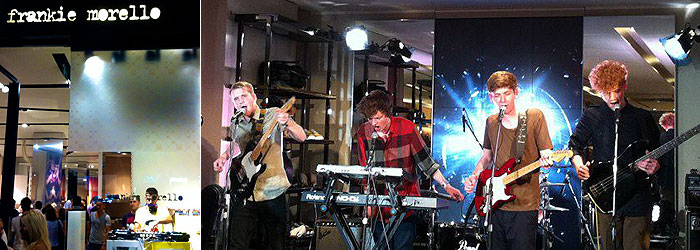


 It has not been an even progress growth of heritage after looking at the history of Poland. First when I visited the uprising museum in Warsaw – I saw how the whole city of Warsaw was shattered during the post war. There stayed hardly any traces of its heritage, it is said there remained no brick on a brick. After such a disgraceful look I had a feeling never can I touch the beauty of its past. But everything changed when I had a glorious look at the Lazienki park.
It has not been an even progress growth of heritage after looking at the history of Poland. First when I visited the uprising museum in Warsaw – I saw how the whole city of Warsaw was shattered during the post war. There stayed hardly any traces of its heritage, it is said there remained no brick on a brick. After such a disgraceful look I had a feeling never can I touch the beauty of its past. But everything changed when I had a glorious look at the Lazienki park.









